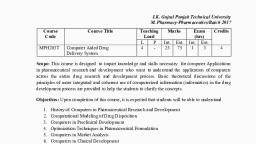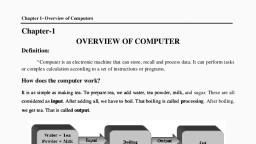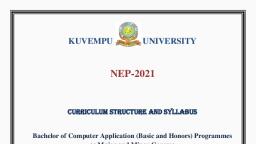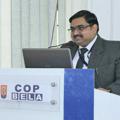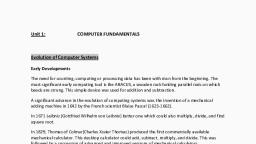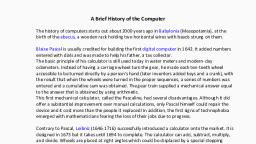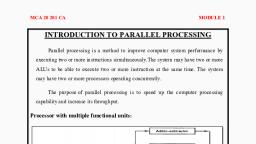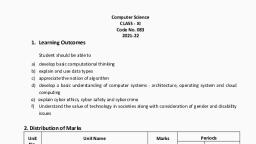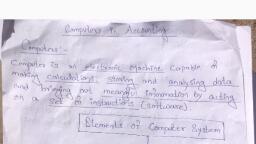Page 2 :
INTRODUCTION, , oa Today computers are so ubiquitous in pharmaceutical, research and development that it may be hard to, imagine a time when there were no computers to, assist the medicinal chemist or biologist., , co Computers began to be utilized at pharmaceutical, companies as early as the 1940s., , co There were several scientific and engineering, advances that made possible a computational, approach to design and develop a molecule.
Page 3 :
Cont..., A, , o One fundamental concept understood by chemists was that chemical, structure is related to molecular properties including biological activity., , co Hence if one could predict properties by calculations, one might be able to, predict which structures should be investigated in the laboratory., , co Another fundamental, well-established concept was that a drug would, exert its biological activity by binding to and/or inhibiting some, biomolecule in the body. ( This concept stems from Fischer’s famous lockand-key hypothesis)., , o Pioneering research in the 1950s attacked the problem of linking electronic, structure and biological activity., , co A good part of this work was collected in the 1963 book by Bernard and, Alberte Pullman of Paris, France, which fired the imagination of what, might be possible with calculations on biomolecules .
Page 4 :
Cont..., , o The earliest papers that attempted to mathematically, relate chemical structure and biological activity were, published in Scotland in the middle of the nineteenth, century., , o This work and a couple of other papers were, forerunners (precursor) to modern quantitative, structure activity relationships (QSAR)., , o The early computers were designed for military and, accounting applications, but gradually it became, apparent that computers would have a vast number of, uses.
Page 5 :
COMPUTATIONAL CHEMISTRY: THE, , BEGINNINGS AT LILLY, Mm, , co In the early 1940s, the first computers to have stored programs, of scientific interest were acquired., , o One of these was an IBM 650; it had a rotating magnetic drum, memory consisting of 2000 accessible registers., , o The programs, the data input, and the output were all in the, form of IBM punched cards., , a It was carried out by Lilly’s research statistics group under Dr., Edgar King., , o It was not until 1968, when Don Boyd joined the second, theoretical chemist in the group, that the computers at Lilly, started to reach a level of size, speed, and sophistication to be, able to handle some of the computational requirements of, various evaluation and design efforts.

